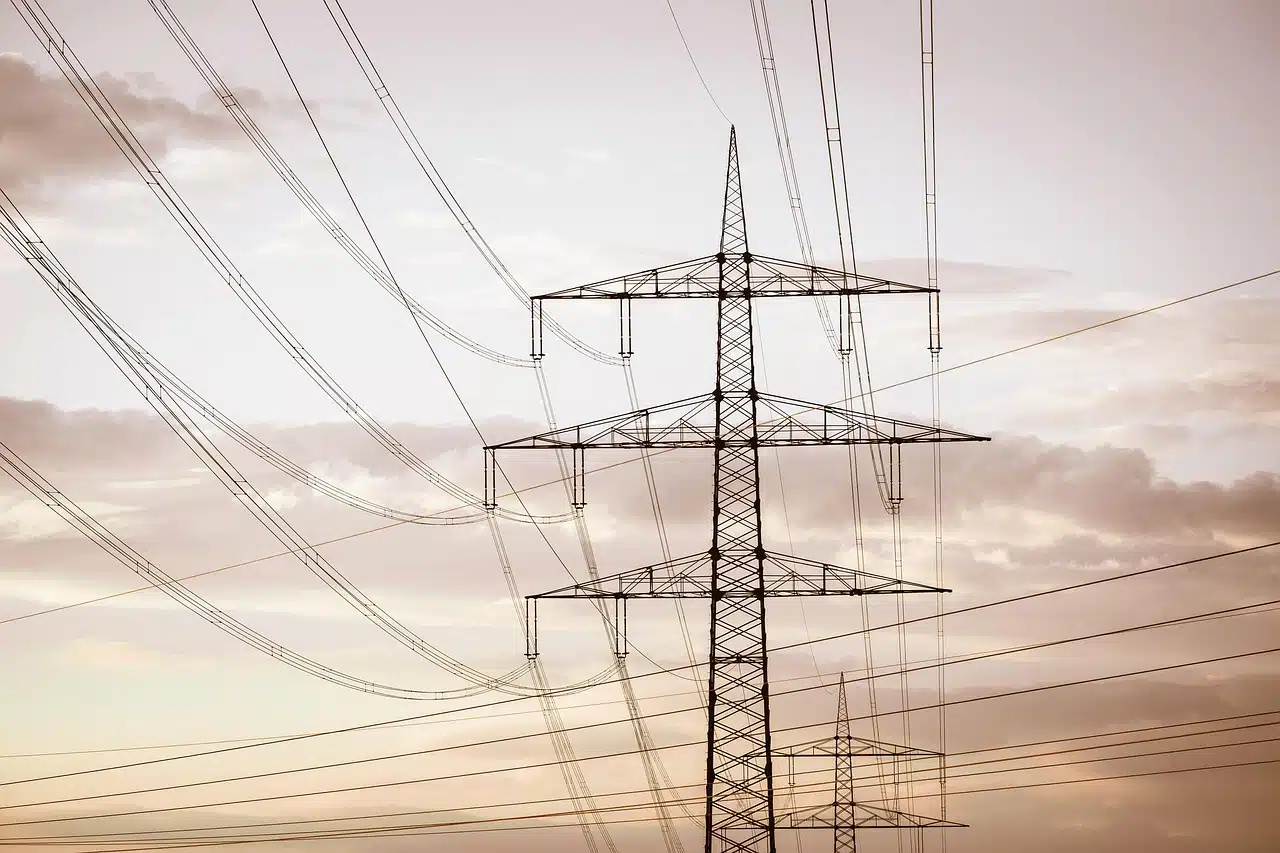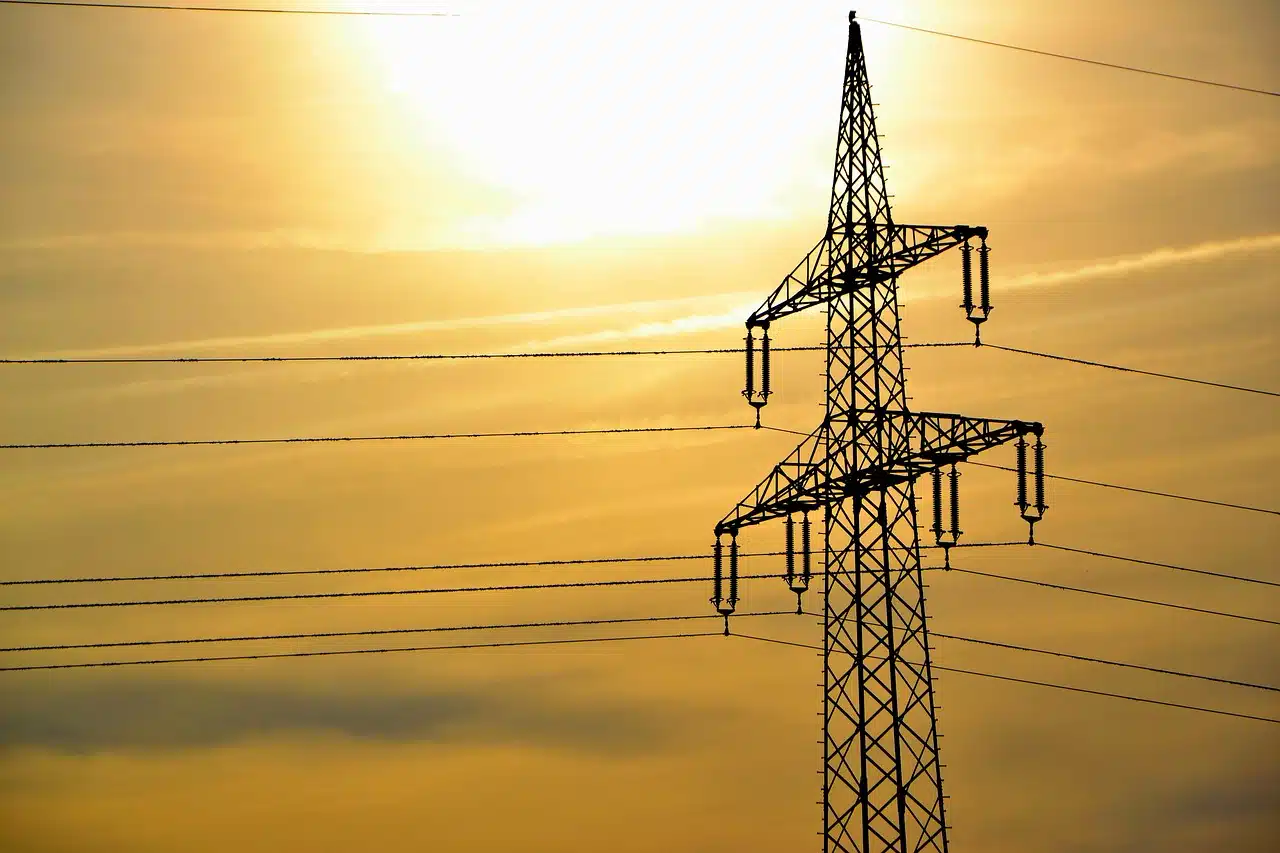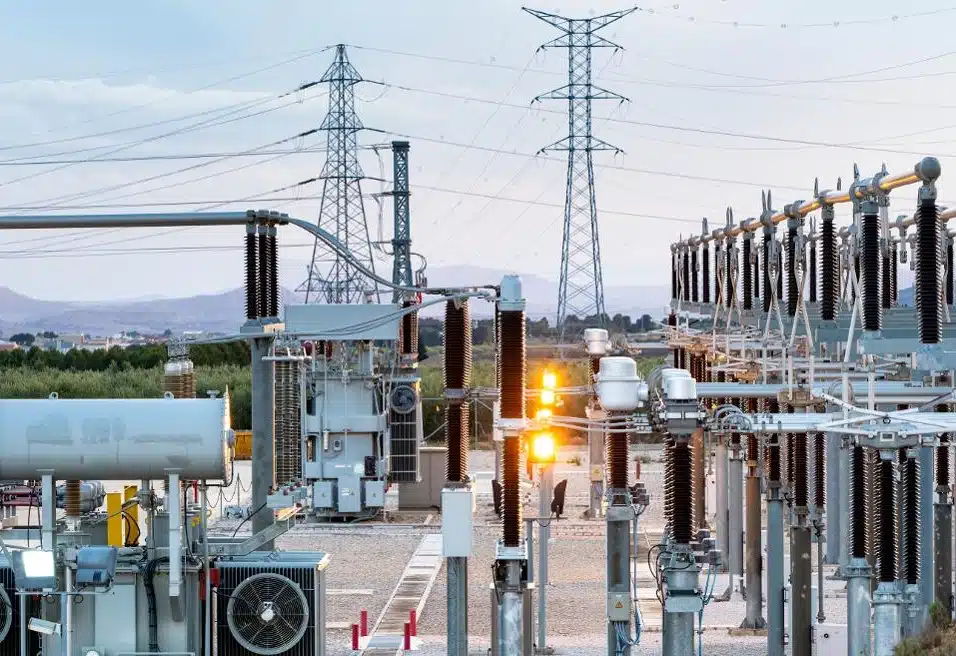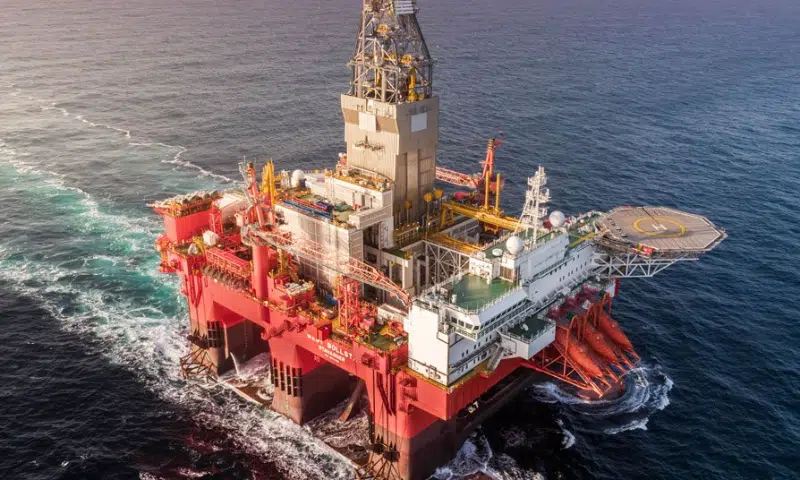Zimbabwe is seeking a total of $9 billion in private capital with new energy policy to help double its current power generation to meet rising electricity demand.
The Zimbabwe Energy Regulatory Authority (ZERA) made this disclosure in a statement on Wednesday, adding that only 62% of the country’s 15.1 million population has access to electricity.
ZESA further reports that the current generation of its national grid is about 1,500 MW against a demand of about 3,000 MW.
To address this, the Zimbabwe government unveiled a $9 billion private capital plan under the World Bank and African Development Bank’s Mission 300 program to double power production by 2030.
Zimbabwe Minister of Energy and Power Development, July Moyo, reiterated this plan at a conference in London.
“Despite having abundant renewable energy potential, Zimbabwe continues to face critical energy challenges,” said July Moyo, Zimbabwe Energy Minister.
Recently, the country’s power supply crisis has worsened due to a technical fault at Hwange Power Station, leading to an increase in load-shedding across the South African nation.
Policy reforms to attract investment
The country is now offering policy reforms, including more competitive tariffs, to attract private capital into the sector.
They aim to expand capacity to over 5,400MW by 2030, due to the rising demand driven by growth projects in mining, agriculture, and industry.
The plan envisages a more than doubling of the country’s power production from hydro, wind, solar, and biomass plants, according to a Bloomberg report.
The country seeks to secure up to $4.42 billion in private investment by 2026.
However, Zimbabwe’s ambitions of benefiting from multinational energy programmes are complicated by the fact that it has been in default to multilateral lenders, including the World Bank, for a quarter of a century, according to a Bloomberg report.
That means it can’t borrow money from them, and the financing it needs will have to come largely from private investors.









